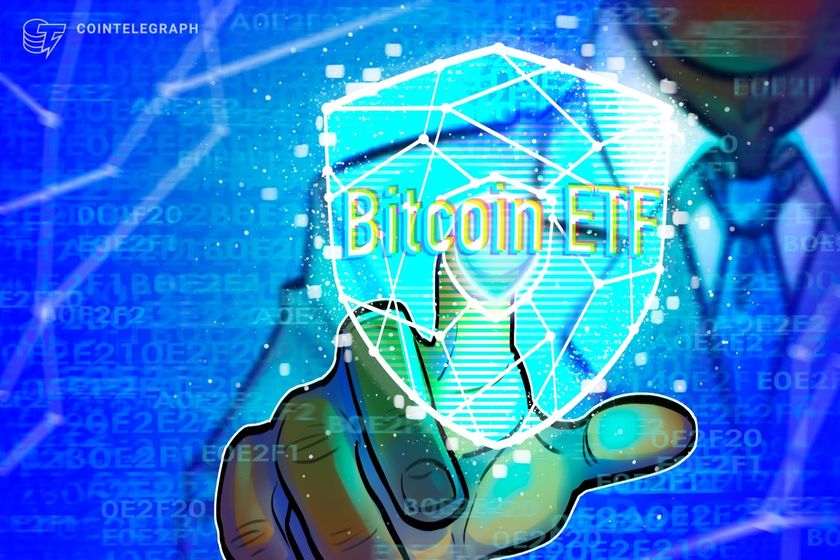
The United Arab Emirates’ combined Bitcoin mining capacity is estimated to be around 400 megawatts or 4% of Bitcon’s global hash rate.
The United Arab Emirates (UAE) is gradually solidifying its status as a go-to Bitcoin (BTC) mining destination in the Middle East. The country has established itself as a pro-Web3 destination for crypto-focused companies with over 30 free trade zones and a growing contribution to the Bitcoin mining hash rate.
The UAE’s mining journey began with Bitcoin miner Marathon Digital partnering with Zero Two — the digital asset arm of Abu Dhabi’s sovereign wealth fund — in May. The joint venture established two mining sites with a combined 250-megawatt (MW) capacity in Abu Dhabi.
Abu Dhabi has become a hub for all kinds of crypto mining activity in the UAE due to its energy efficiency and status as the center of trade in the country.
According to data from Hashrate Index, UAE’s combined Bitcoin mining capacity is likely around 400 MW — or 4% of Bitcon’s global hash rate. While the likes of the United States, China, Russia and Kazakhstan are the top four countries with the largest share of Bitcoin’s global hash rate, the UAE could gradually climb the ladder due to its available resources.

As a global player in the energy market, the UAE has shifted its focus from its oil and gas reserves toward solar and nuclear energy. Historically, the country’s electricity was generated by natural gas, but in the recent past, shares of nuclear and solar are growing rapidly.

UAE’s electricity demands fluctuate significantly between the hottest and coolest months, leading to a heavy loss of generated electricity. For example, in 2021, the UAE’s combined power and desalination plants wasted 20 terawatt hours, equal to approximately $600 million. This gap and wastage of electricity could be filled by Bitcoin miners.
Related: Dubai to Abu Dhabi: How NFTs are used in the UAE
With Bitcoin mining focused on using clean energy sources, the UAE could see a significant chunk of its energy coming from nuclear and renewable sources in the next decade. Thus, the surplus from these sources could be utilized by miners in the country. Among other advantages for miners is the country's zero-tax policy.
This means Bitcoin miners can register in one of the country’s over 30 free trade zones and avoid corporate tax, value-added tax and import duties — a significant advantage over operating in Western countries.
Magazine: Crypto City: Guide to Dubai









